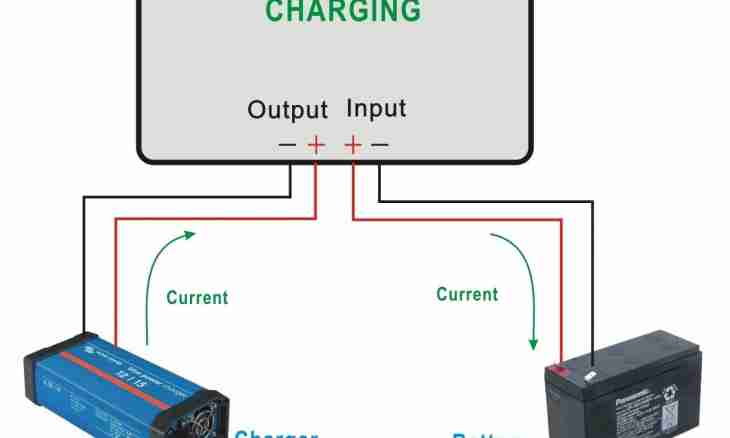People can be mistaken in interpretation of characteristics of electric current because of what quite often there is a confusion in the name of the measured sizes and units of measure. Knowledge of basic concepts will help to perceive and transfer information on electric systems adequately.
To amperes it is impossible to answer a question of a ratio of volts unambiguously. The thing is that it is units of measure of the different sizes which do not have among themselves a direct connection. Current is measured in Amperes and is a key indicator of the current loading, work which is performed by electric current in the conductor. In other words, current quantitatively characterizes density of a stream of the directed particles passing through a crystal lattice. The volt is tension unit of measure, and it perfect other size. Tension expresses in number force which is applied in relation to a stream of electrons and sets it in motion. On the bigger account, voltage is a difference between positive and negative potential on the different ends of the conductor. The more this difference, the is higher the magnetic flux forcing electrons to move to other sites of a chain having a positive charge.
To count how many volts in one ampere are possible only on condition of accounting of the main characteristic of the conductor in which current proceeds - resistance. If the stream of elementary particles does not meet any barriers on the way, force even of the smallest size can set it in motion. Resistance expresses extent of preventing of the conductor to passing of electric current in number. It is expressed in collisions of electrons with ions of a crystal lattice because of what the last heat up. Resistance is the third volt-ampere characteristic and is expressed in ohms. This intermediary will also help to define what tension will correspond to any given value of current.
The law of Ohm for the uniform site of a chain answers a question of volts and amperes - for it on which there are no power sources, and there are only consumers. This law says that current increases in a chain together with increase in tension and falls at increase in the general resistance of this chain. In other words, the electromotive force, the bigger stream is higher it is capable to set in motion, however with growth of its resistance becomes insufficiently because of what density of a stream falls. It is possible to consider the law of Ohm on the example of a usual hundred-watt bulb. Power is the work of current on tension square therefore at 220 Volts in network the lamp passes through incandescence thread current, approximately equal 0.45 Ampere. At the same time lamp resistance equally private from division of a square of tension into power, that is 484 Ohms. Using the law of Ohm, it is easy to check these sizes. Current has to be equal to result of division of tension into resistance, that is 220/484 that approximately equally in 0.45 Ohms.

